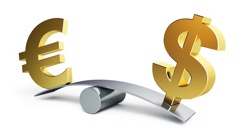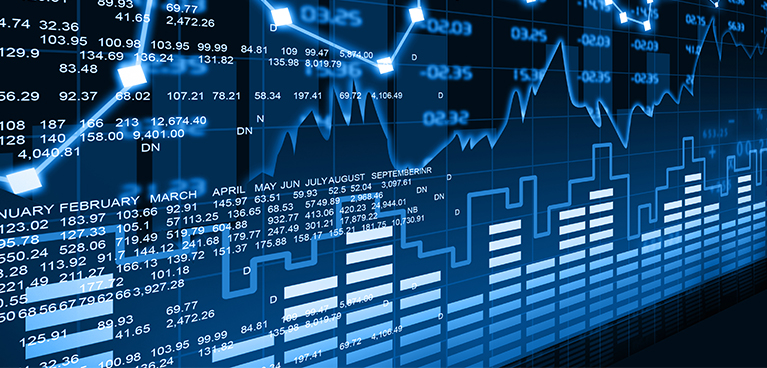Guest post by Professor Glauco De Vita, Centre for Business in Society
American tourism in Europe has long been a marked pattern of international tourism flows. The historical, artistic and cultural fascination of Europe as exemplified by destination markets such as Britain, France and Italy, alongside the desire for many Americans to visit the homeland of distant relatives and ancestors, have historically provided strong motivations to travel to the old continent, making it a traditionally popular destination for US tourists. However, since 2013, Americans have been visiting Europe more than any other region in the world, and at an astonishing rate of over 10 million tourists a year. So what are the determining factors that caused such a surge over the past three years?
motivations to travel to the old continent, making it a traditionally popular destination for US tourists. However, since 2013, Americans have been visiting Europe more than any other region in the world, and at an astonishing rate of over 10 million tourists a year. So what are the determining factors that caused such a surge over the past three years?
Concomitantly to a quicker recovery from the crisis that increased US citizens’ disposable income, the greater purchasing power warranted by a rising dollar and a weakening euro, is certainly to be considered a key factor. As recently noted in The Guardian [1]: “As the euro currency sinks ever closer to parity with the dollar, the fact that a European vacation is now about 25% cheaper than it was last year has not escaped the attention of US holidaymakers”. The trends in the exchange rate of the US dollar and the euro, are – of course – themselves, partly due to economic fundamentals. The US economy started its recovery much earlier, with signs of growth at a time when Europe was still in the midst of its stagnation. Moreover, the Eurozone has been afflicted by a number of significant political as well as economic problems, including the ongoing Greek debt crisis, which has generated additional uncertainty, even over the destiny of the single currency itself. It is surprising, however, how little attention the academic literature has devoted to the actual link between exchange rates and international tourism flows. The inclusion of an exchange rate variable (of some form), in the tourism demand equation, is – of course – beyond dispute in the modeling of international tourism flows [2], but with very few exceptions past research seems to have downplayed its importance. Nevertheless, conventional wisdom suggests that “A devaluation of a country’s currency makes inbound international tourism less expensive, and, consequently, increased tourist flows to that country should result. Conversely, an increase in the value of a country’s currency will make international tourism more expensive and cause a reduction in inbound tourist flows.” [3]
International Space Station (ISS) flies over the Atlantic and all across Europe. ISS/Youtube
Many US media ranging from The Washington Post to The Wall Street Journal have stressed how the recent strength of the dollar against the euro has created a great opportunity for many Americans to reap the rewards of the favourable exchange rate and thus fulfil the dream of visiting Europe. As recently observed by T. Bailey [4]: “American demand generally seems to be sensitive to exchange rate price changes. For instance, back in 2007, when the dollar was at a relatively weak level compared to the pound – two dollars for every pound sterling – the number of Americans visiting London took a dive”. Currently, with a strong dollar and a weak euro, the reverse trend applies; a much needed stimulus for the still troubled economies of Europe!
[1] The Guardian (5 June 2015) Gaining currency: Fall of the euro has American tourists flocking to Europe (http://www.theguardian.com/business/2015/jun/05/euro-rate-american-tourists-europe-holiday)
[2] De Vita, G. and Kyaw, K.S. (2013) Role of the exchange rate on tourism demand. Annals of Tourism Research 43, 624-627.
[3] De Vita, G. (2014) The long-run impact of exchange rate regimes on international tourism flows. Tourism Management 45, December, 226-233.
[4] Bailey, T. (27 August 2015) Americans flock to Europe to reap the rewards of rocky euro. Business Destinations (http://www.businessdestinations.com/move/americans-flock-to-europe-to-reap-the-rewards-of-rocky-euro/).





Comments are disabled